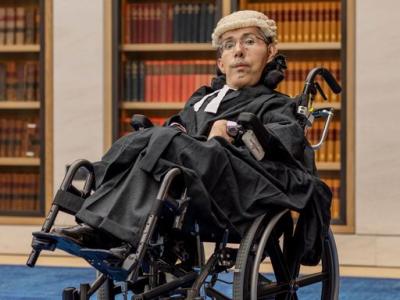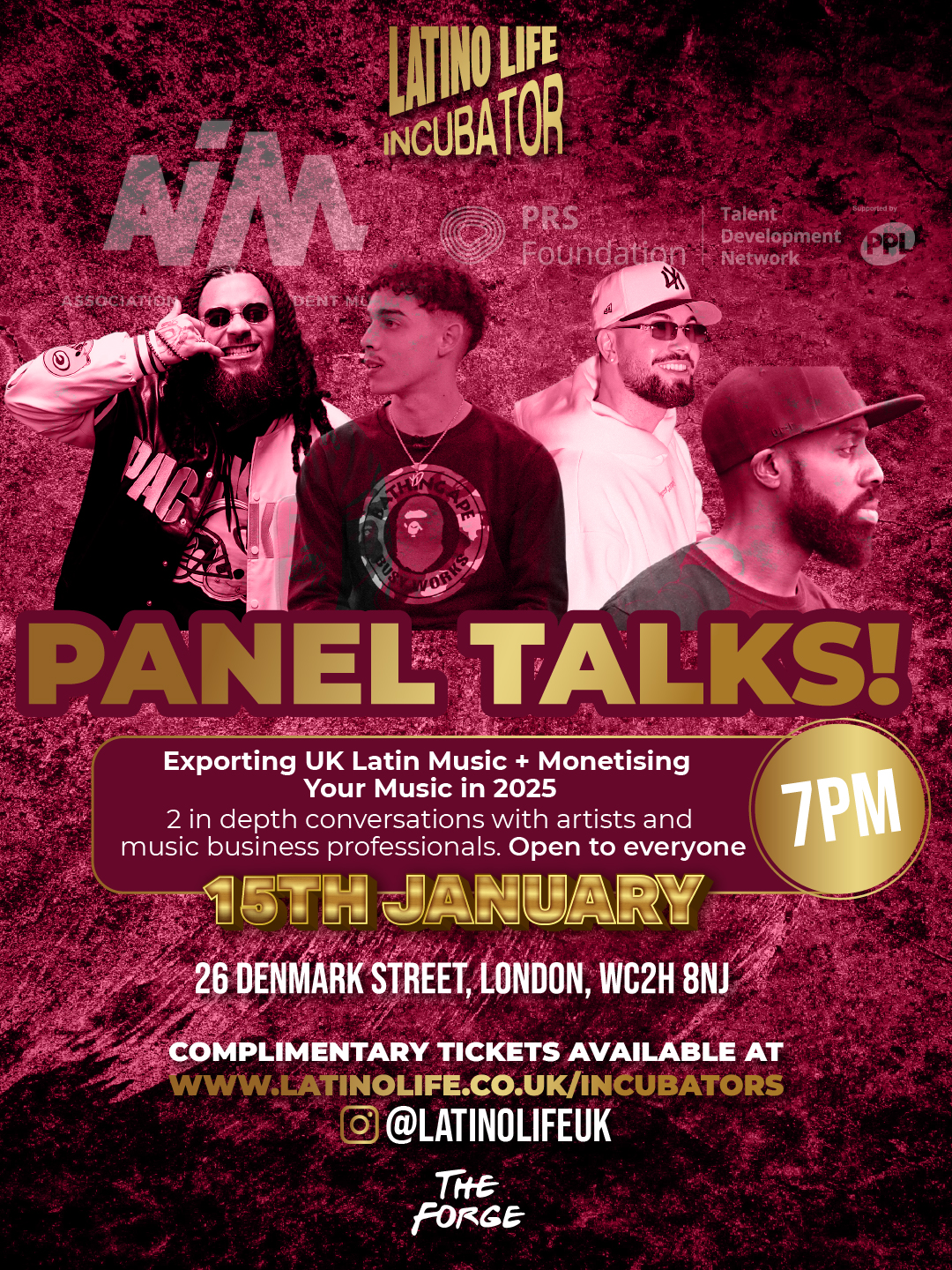1. Julia de Burgos García, poet (Puerto Rico 1914 –1953)
Born into poverty, Julia trained and worked as a teacher and was married and divorced by 23. At 24 she self-published her first collection of poetry “Poema en veinte surcos,” which explored Puerto Rico’s colonial past, the legacy of slavery and American imperialism. While her poetry gave her entry into Puerto Rico’s intellectual circles, even intellectuals were reluctant to embrace the idea of equality for African descendants — much less feminism. Being light-skinned, Burgos could have rejected her African lineage, as many of her era did, but she refused to do so, championing Puerto Rican nationalism and identity through her writing.
She soon moved to the US, where she expressed solidarity with Harlem’s African Americans as a journalist for the Spanish-language socialist weekly Pueblos Hispanos (1943-1944) and participated in events that affirmed her staunch support for social justice in Puerto Rico. She served as Secretary General of the Daughters of Freedom, the women's branch of the Puerto Rican Nationalist Party, which advocated Puerto Rican independence and was also an activist for women and Afro-Caribbean writers. Julia died in Harlem Hospital of pneumonia on July 6, 1953. She was buried in Carolina, Puerto Rico, fulfilling a wish for her bones to “fortify worms from there” and not on US soil.

2. Victoria Santa Cruz, dancer, choreographer, composer,(Peru, 1922 –2014)
Often referred to as “the mother of Afro-Peruvian dance and theatre.” Victoria Santa Cruz was born in Lima and founded the dance company Teatro y Danzas Negras del Perú, with whom she presented numerous shows in national theatres and television. The group represented Peru in the festivities for the Olympic Games in Mexico, 1968 where they received a medal and diploma for their work. Santa Cruz has won several awards and recognized for her work. Her poem “Me Gritaron Negra” (“They Called Me Black”) has gone viral in recent years.
3. Ruth de Souza, actor (Brazil, 1921–2019)
Daughter of a laundress and of a peasant, from a very young age Ruth knew she wanted to be an actress. With few opportunities for black actresses, Ruth joined the Black Experimental Theatre that was created to combat racism and create opportunities for black talent. In 1945 she made history becoming the first Afro-Brazilian actor to perform in the Municipal Theatre of Rio de Janeiro in Eugene O'Neill's play The Emperor Jones.
Making her film debut in the 1948 film Terra Violenta, her most iconic role was Sabina in the 1953 film The Landowner's Daughter /Sinhá Moça, for which she was the first Brazilian actress to receive a Best Actress nomination at the Venice Film Festival. In 1968, Ruth de Souza became the first Black actress to star in a television soap opera (Janete Clair’s Passo dos Ventos). Ruth de Souza died in Copacabana, Rio de Janeiro in July 2019 at the age of 98, having blazed the trail for generations to come, always shedding light on racial issues and fighting against racism with her art and pioneering spirit.
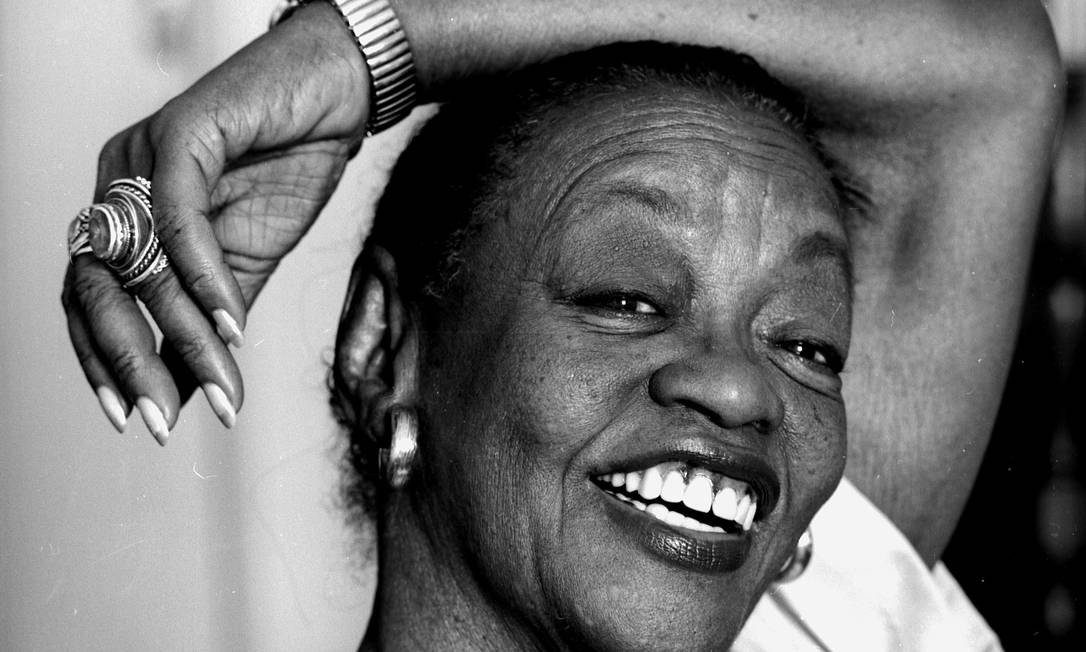
3. Clara Ledesma, painter (Dominican Republic, 1924 –1999)
One of the first women to attend the School of National Fine Arts, Clara Ledesma was born in Santiago in the Dominican Republic. The award-winning artist opened a studio in 1951 where she had her first solo exhibition, and four years later she was named vice director of the National School of Fine Arts. Ledesma had numerous international solo exhibitions, including events in Madrid, Mexico City and New York City, and participated in group exhibitions in Brazil, Spain, Cuba, Haiti, Venezuela, Argentina and Puerto Rico.

4. Virginia Brindis de Salas, poet (Uruguay, 1908-1958)
Little is known about Virginia Brindis de Salas’ life, other than that she was Uruguay’s leading black poet and considered “the most militant among Afro-Uruguayan writers.” She was an active contributor to the black artistic journal Nuestra Raza and her work made her, along with fellow Afro-Uruguayan Pilar Barrios, one of the few published Uruguayan women poets. She was born in Montevideo, Uruguay, niece of Claudio Brindis de Salas, the famous Cuban violinist who had then settled in Buenos Aires. In 1945, Gabriela Mistral, Chilean Nobel Laureate, praised Virginia Brindis de Salas's poetry in a letter, claiming that as far away as Los Angeles, her poems were establishing important pan-American links among black people.
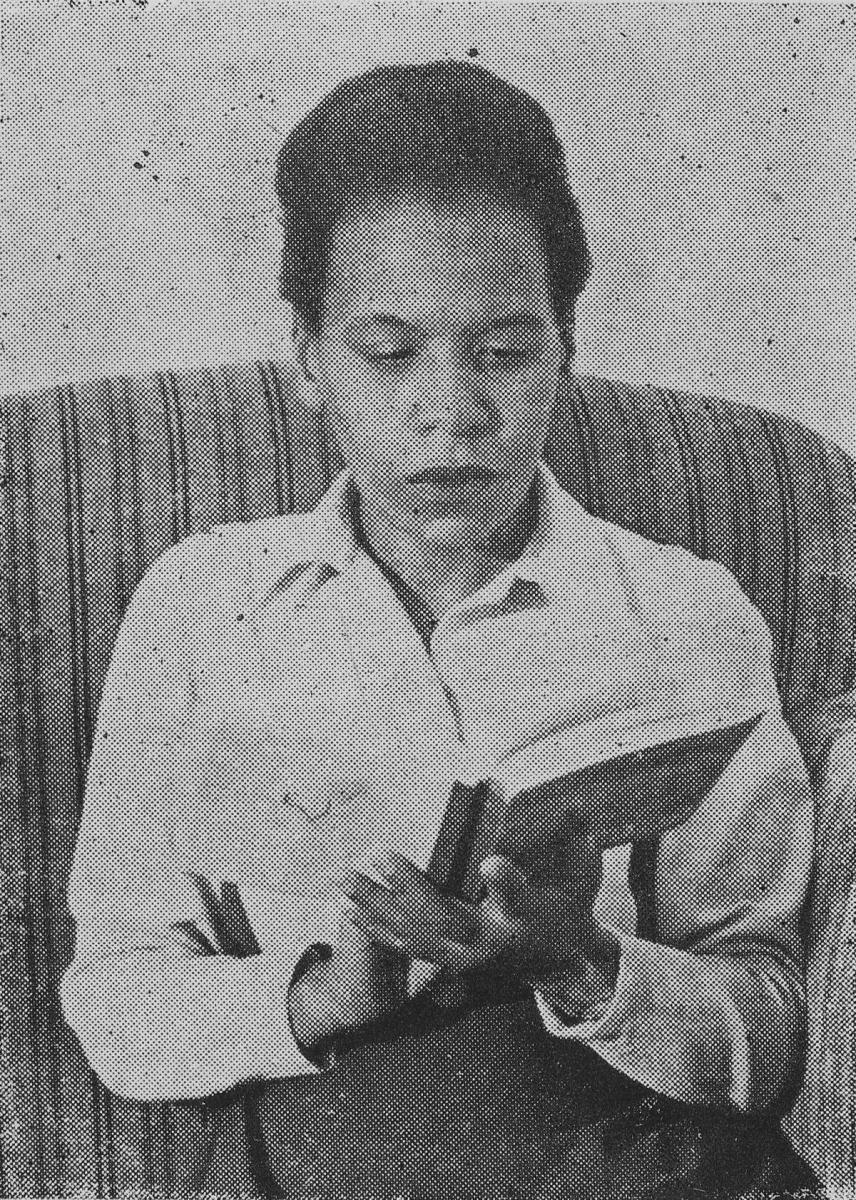
5. Sylvia del Villard, actor and dancer (Puerto Rico,1928 –1990)
Sylvia del Villard became the first and only director of the office of the Afro-Puerto Rican affairs of the Puerto Rican Institute of Culture. Born in Santurce, Puerto Rico, she studied at Fisk University in Tennessee, where she encountered the discrimination and anti-Blackness of the south, later returning to Puerto Rico. Upon her visit to New York City, the artist connected with her roots, joining a ballet group called the Africa House and tracing her roots to the Yoruba people of Nigeria. She went on to establish the Afro-Boricua El Coqui Theater, which the Panamerican Association of the New World Festival named “as the most important authority of Black Puerto Rican culture.” del Villard fought for equal rights for Afro-Puerto Rican artists.
6. Julia López, painter (Mexico, 1936 -)
A self-taught Mexican painter, Julia López was born to African and Amuzgo parents in a small village near the town of Ometepec on the Costa Chica of Guerrero. She moved to Mexico City early in life, and began in the artist scene as a model, posing for well-known artists such as José Chávez Morado, Vlady and Diego Rivera, which morphed into drawing and painting. López began exhibiting in 1958 and since then has exhibited individually and collectively in Mexico, the United States and Europe. Her work has been recognized with awards and membership in the Salón de la Plástica Mexicana.
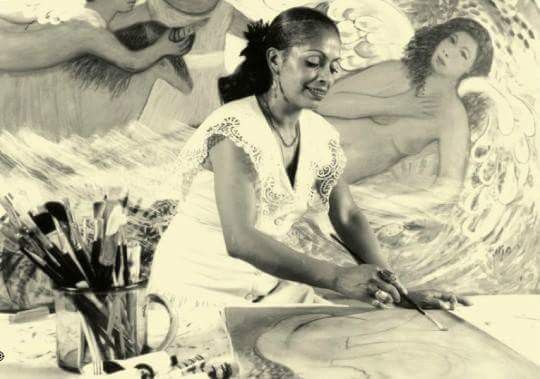
7. Sara Gómez, filmmaker (Cuba 1942 –1974)
Sara Gómez hailed from the Havana neighborhood of Guanabacoa. After working as a journalist, she joined the newly-established Instituto Cubano del Arte e Industria Cinematográficos (ICAIC) in 1961 and was one of only two black filmmakers at the time, and for several years its only woman director. There the Afro-Cuban director worked with Jorge Fraga and Tomás Gutiérrez Alea, as well as visiting French director Agnès Varda. She directed several short documentaries that brought a critical perspective toward Cuban revolutionary society, specifically the position of women and Afro-Cubans, and introduced important cinematic conversations. With her debut film, Iré a Santiago, she became the first female film director in Cuba. She created several shorts and before she could complete her first feature De cierta manera, she died at the young age of 31. The film was completed posthumously by Gutiérrez Alea and Julio García Espinosa.
8. Gledys Ibarra, actor (Venezuela b. 1959)
Gledys Ibarra broke the mould in her Venuezuela as the country's first black female telenovela stars, having starred in a string of popular Venezuelan telenovelas that have been translated into many languages and shown all around the world. Ibarra did not have to wait long as her first opportunity arose when she was only 13 years of age in a play directed by Gustavo Rodríguez. She was soon picked up by RCTV (Radio Caracas Television), to be a model for the 5- hour programme “Super Sensational Saturdays” (Súper Sábado Sensacional). From there she moved onto the telenovelas where she found her niche. After moving to London, Ibarra won the 2018 LUKAS AWARD for her moving performance in Juan Mayorga’s witty drama: “Darwin’s Tortoise.”
9. Tais Araujo, Actor (Brazil, b. 1978)
Tais’ first prominent role on television was in 1996 as protagonist of the Brazilian telenovela Xica da Silva by Walcyr Carrasco, in the Rede Manchete. In 2009, she received her first protagonist in primetime of Globo, in the telenovela Viver a Vida—making her the first black woman to star in a prime time telenovela.
In 2016, an opinion poll (Pesquisa Qualibest) revealed Taís Araújo to be the woman most admired by young people between the ages of 13 and 20, the fifth most influential the fourth most influential artist in television and internet in the country. In 2017 she was elected one of the 100 most influential personalities of the world under 40 years of age by MIPAD, and for this reason she participated in a debate at Columbia University in New York. In 3 July 2017, she was appointed as the Defender of Rights of Black Women by UN Women Brazil, a United Nations entity for gender equality and women's empowerment.
10. Josefina Báez, actress, writer, director and educator (Dominican Republic)
Josefina Baez is the founder and present director of Ay Ombe Theatre Troupe (estd. 1986). She was born in La Romana, Dominican Republic and moved to New York when she was 12 years old, Baez has been involved with multiple theatre festivals, describing herself as "a performer-writer-educator-director whose work explores the present and its encounters with the past and future." It has been said of her: "One of the most important interventions that, to my knowledge, reflects on the Dominican cultural experience, we owe it to Josefina Báez, a New York-based performance artist, with her piece Dominicanish. Dominicanish offers an open ontological framework where everything that empirically fits in the lives of the Dominican diaspora is part of the identity formation of what we are as a nation, here and there.”
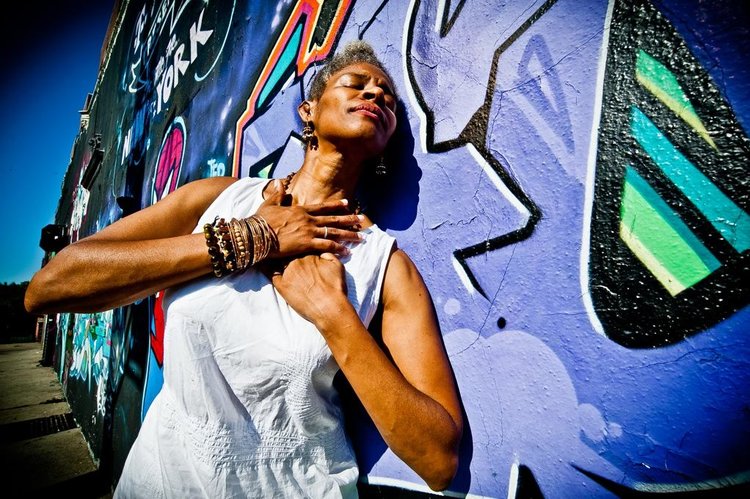
11. Indhira Serrano, Nina Caicedo, Bárbara Perea, actors and director (Colombia)
We end with the next generation…together, these three actors and director formed Omenka (an Igbo word for artist) in 2009, and since then, they have dedicated themselves to filling this void in the arts world. Just this year, the trio lit up the stages of Bogota’s Teatro Colón with a rendition of Lorraine Hansberry’s classic play, A Raisin in the Sun . Translated to Uva pasa bajo el sol Omenka’s production transported the themes of an African-American family struggling to better their lives in a climate of overt racism and limited opportunities in 1950s Chicago to Afro/Indigenous context in Colombia.
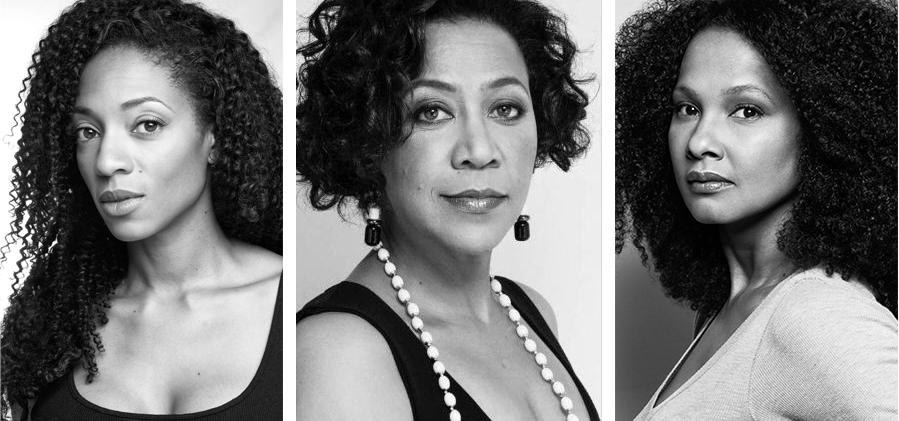
If we've left any one out, please let us know! We always want to know about new heriones...








